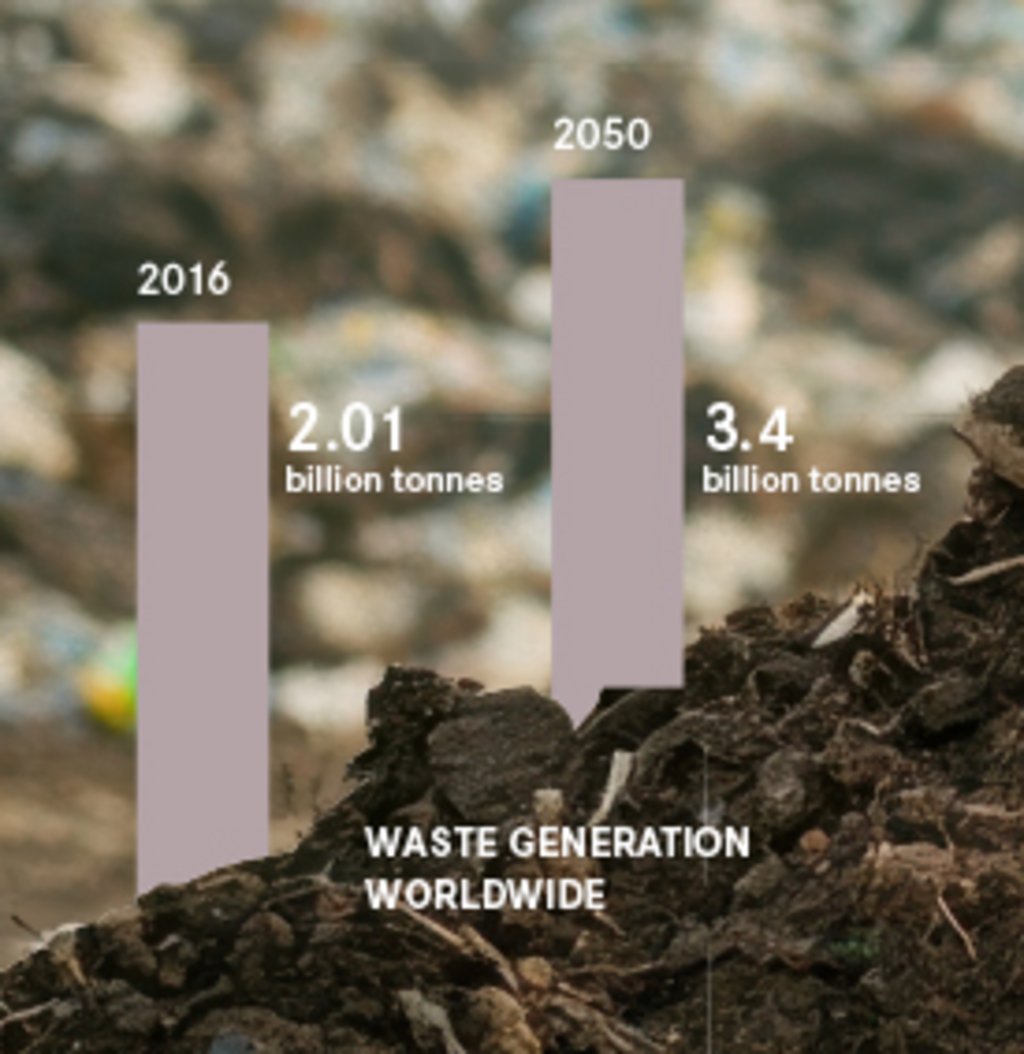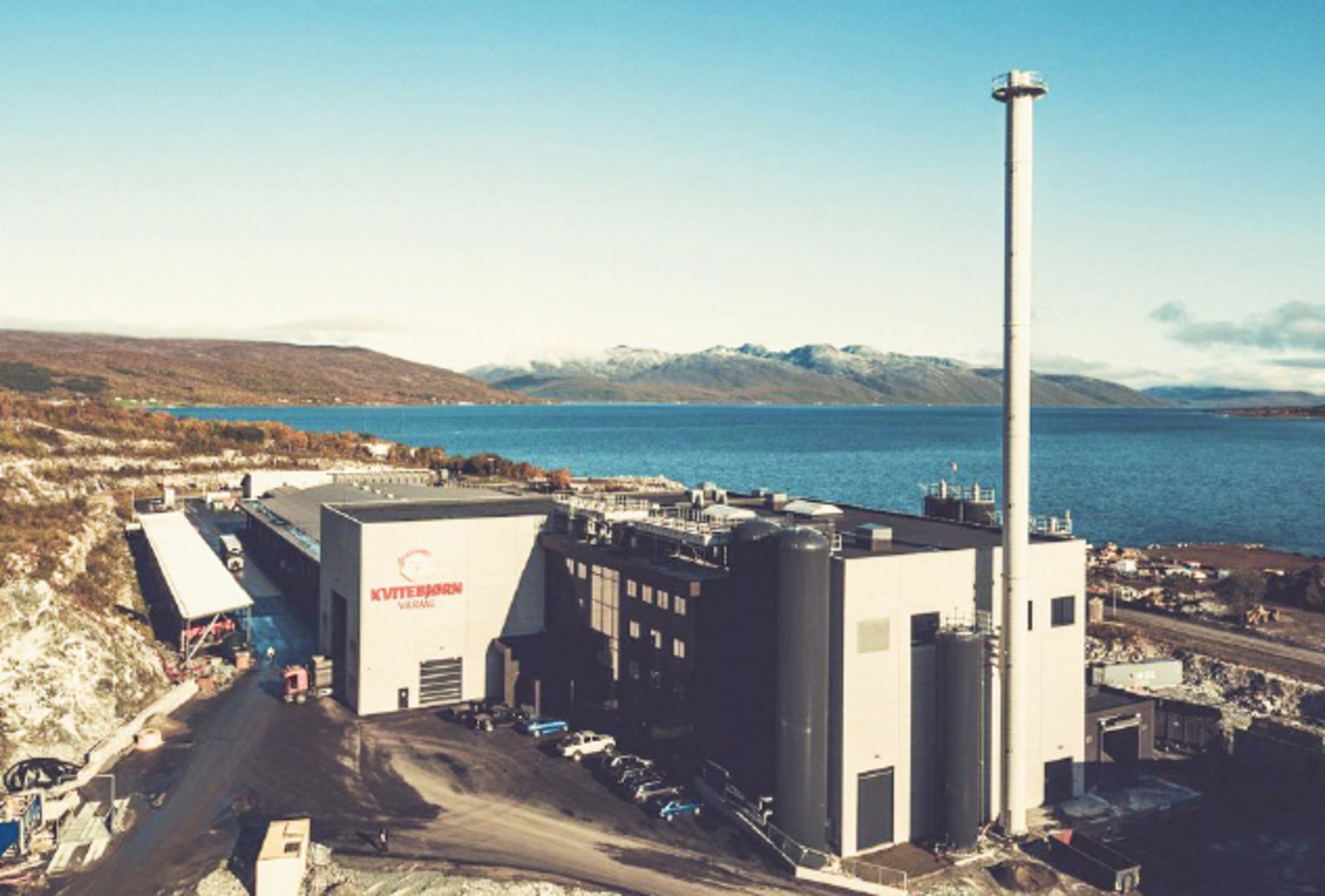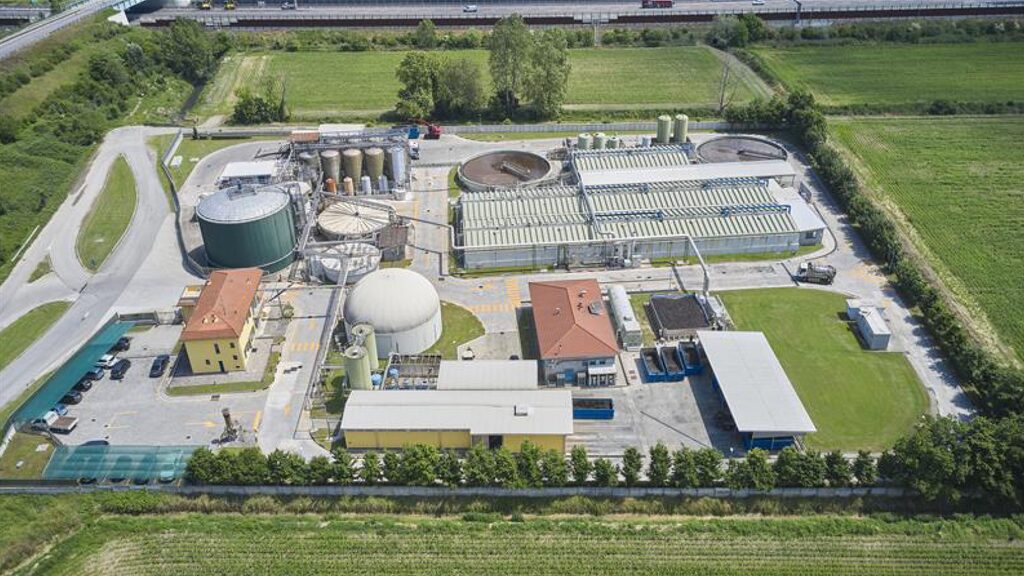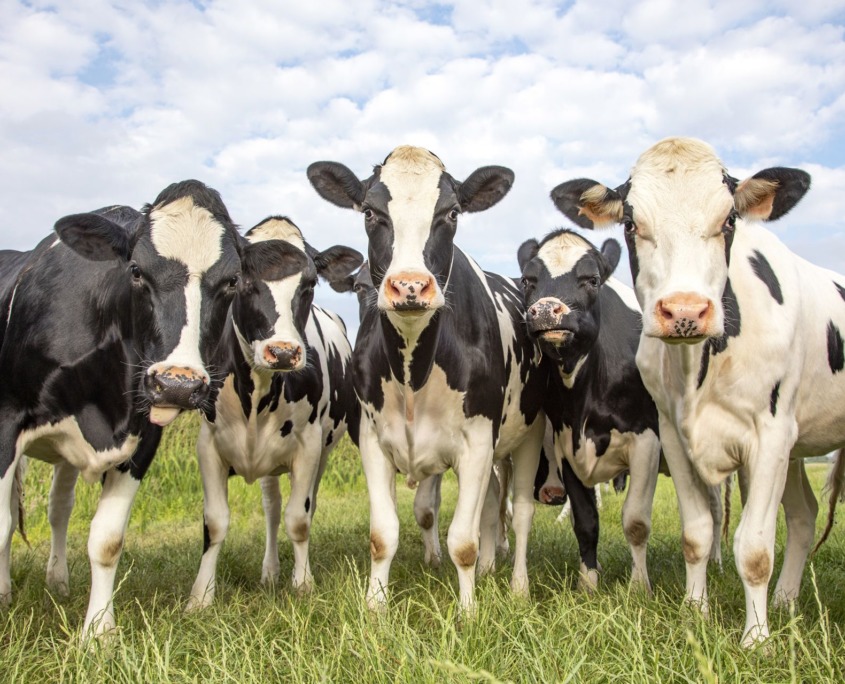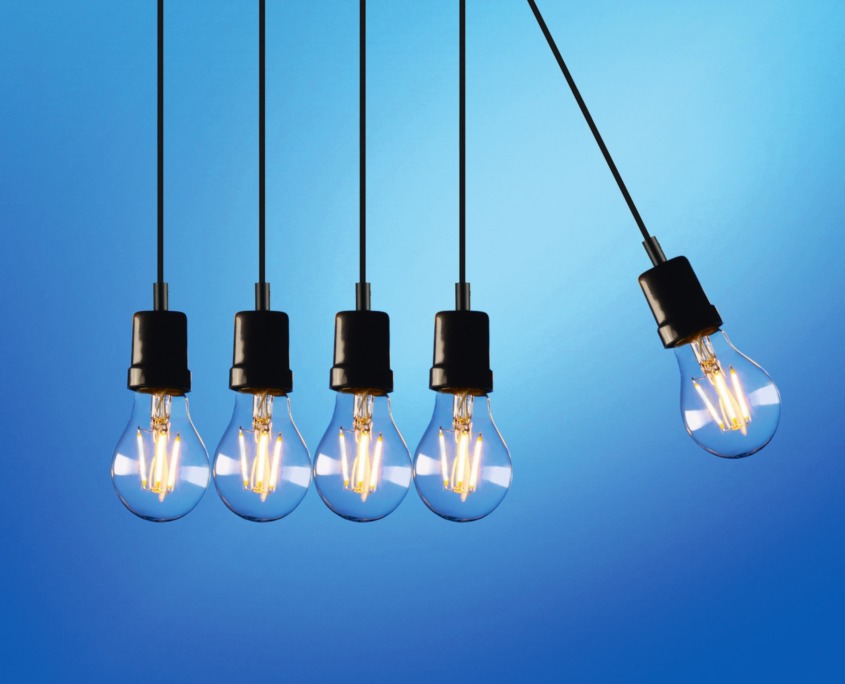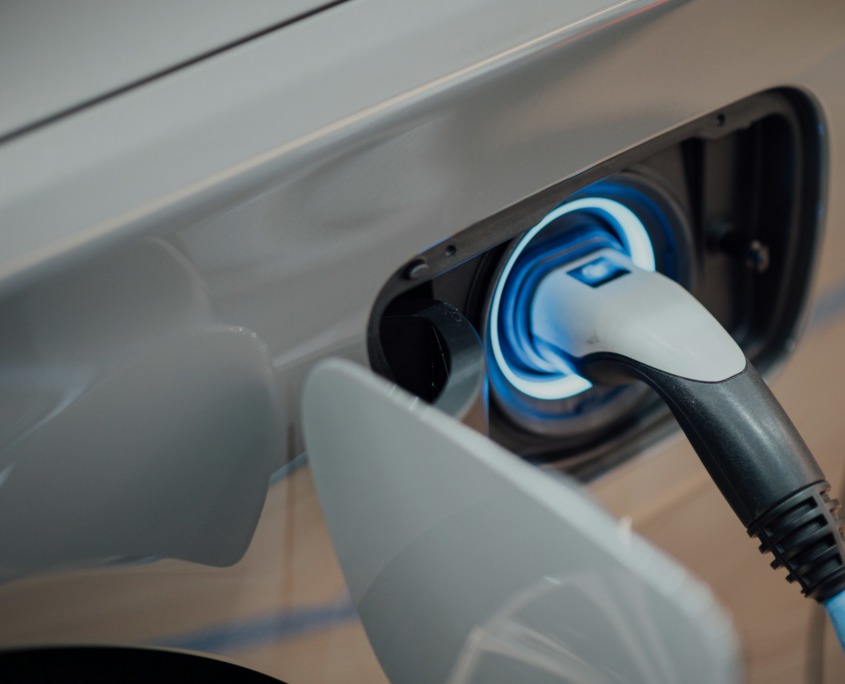A two-in-one solution to limit landfill and generate greener energy
by Dr. Andrew Belt
Some of the earliest examples of systems devised to treat waste are attributed to modern-day Syria and the Ancient Roman Empire.
Where populations were not so large, such sophisticated systems were not necessary. As an example of a moment in history when the need was great, industrial Britain fits the bill; perhaps more specifically, London. Many depictions of the dirty streets of London during this time have made their way into cultural endeavours.
Lacking waste clearance regulations and becoming home to a growing urban population, London saw sanitation levels plummet while ‘filth’ prospered, giving rise to a plethora of diseases. Eventually, centralised sanitation regulation was introduced and the Public Health Act 1875 brought in the concept of bins for weekly waste removal from households.
Our landfill problem
Fast-forward to the present day and it’s hard not to visualise landfill heaps or plastic items in our oceans when throwing away non-recyclable items into our now ubiquitous rubbish bins.
Great strides have been made with regard to recycling, with an ever-growing menu of products finding future lives thanks to innovations in waste management.
But still, huge amounts of landfill are being produced. The World Bank estimates that waste generation will increase from 2.01 billion tonnes in 2016 to 3.4 billion tonnes in 2050, with at least 33% of this currently mismanaged through open dumping or burning. In Europe, five tonnes of waste is produced by the average European each year, with only 38% of the waste in the EU being recycled. In some EU countries, over 60% of household waste still goes to landfill.
So, while much progress has been made in efforts to limit landfill, there is still a long way to go.
Supporting the energy transition
One other modern need is the creation of more energy through cleaner, more renewable means. While the waste issue requires a solution to prevent the build-up of landfill, the energy issue is focused on limiting the dependence on fossil fuels to prevent their carbon emissions leading to further acceleration of global warming, thereby putting our planet at risk.
Both of these are important problems requiring solutions, and not quite as mutually exclusive as they might seem. For waste can be transformed into energy, helping to address both issues via one burgeoning infrastructure sector known as energy-from-waste.
The energy-from-waste market size was estimated at USD 13.88 billion in 2022 and is forecast to grow significantly by 2030. This perfectly illustrates the proverb ‘one man’s trash is another man’s treasure’.
“KEY STAT: The energy-from-waste market size was estimated at USD 13.88 billion in 2022 and is forecast to grow significantly by 2030.“
PATRIZIA’s energy-from-waste platform
PATRIZIA is playing its part in this market through the acquisition of stakes in three energy-from-waste companies. There is SAREN Energy in Norway (a platform of three energy-from-waste facilities and a district heating network serving communities in the north and south of the country), Renergia in Italy (a vertically integrated bio-LNG producer producing bio-LNG from biomethane derived from bio-waste) and Greenthesis, also based in Italy (the country’s leading independent waste treatment and recovery company).
The three comprise PATRIZIA’s pan-European energy-from-waste portfolio, with SAREN the first PATRIZIA invested into.
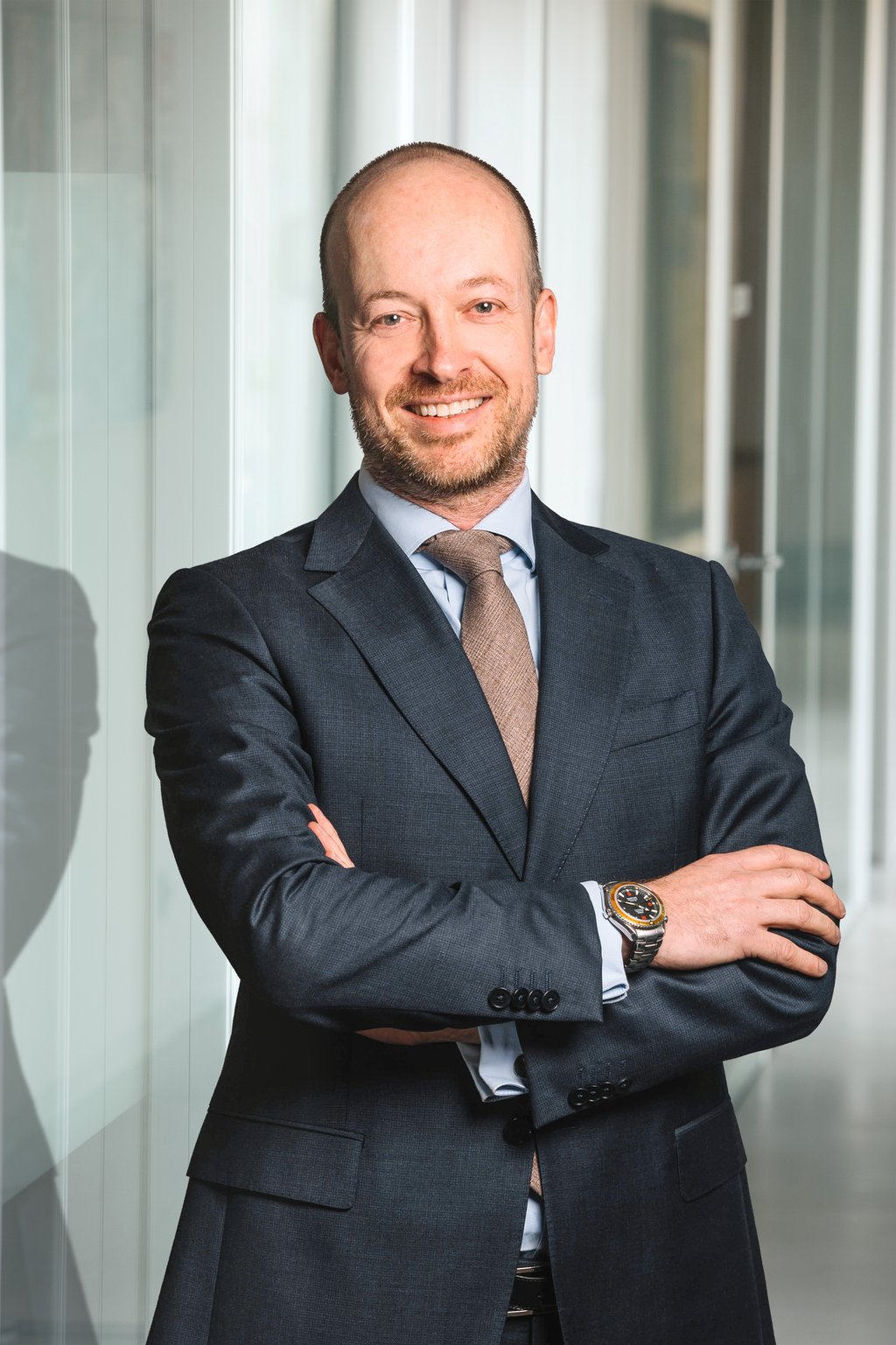
Wessel Schevernels
Norwegian network
SAREN currently produces 525 gigawatt-hours (GWh) of thermal energy each year from its sustainable and low carbon generation technologies, recovering energy from 180,000 tonnes of waste annually.
Wessel Schevernels – an Operating Partner at PATRIZIA Infrastructure – says: “Since our initial investment back in 2018, we have grown the platform into the fifth-largest district heating company in Norway that generates heat, steam and electricity for hundreds of households, businesses and major industrial hubs in southern and northern Norway. With an ongoing investment of more than EUR 60 million coming onstream in 2025, we will increase our capacity further, enabling SAREN to process 245,000 tonnes of waste which will produce more than 700 GWh of circular energy.”
Scaling up success
SAREN also provides the blueprint for how the three businesses can scale up.
“To tell the story of SAREN’s growth, we have to highlight Kvitebjørn Varme AS – or KVAS – which is the second energy-from-waste company we invested into in Norway in 2018,” explains Wessel. “By increasing the capacity of its district heating operation, retrofitting some of the hardware for better usage and finally merging KVAS with SAREN Energy in 2022, we almost doubled KVAS’s valuation.”
This scaling up potential is consistent with PATRIZIA’s focus on the mid-market for investment opportunities where the company can apply active asset management to create value.
Increasing imprint in Italy
The next piece of the puzzle was Renergia in Italy which PATRIZIA invested into in 2022 and which is slated for similar scaling activity, as Oliver Hailzl – PATRIZIA Director – Infrastructure– shares. “The biomethane plant has a waste intake capacity of 40,000 tonnes per year, but has already been designed for a 50% increase to over 60,000 tonnes” he says. “The company has four new modern facilities including a biomethane production plant from biowaste, a biogas plant from agricultural waste, an LNG liquefaction plant and an on-site filling station.
PATRIZIA increased its energy-from-waste activity in Italy just last year when completing its acquisition of a 40% co-controlling stake in Greenthesis – the country’s leading independent waste treatment and recovery company. The Greenthesis platform has a close-to EUR 150 million capex pipeline that will deliver plant improvements, innovative treatments and green energy over the next three years. The capex programme is underpinned by a strong regulatory environment that includes the EU’s National Plan of Resilience and Recovery.
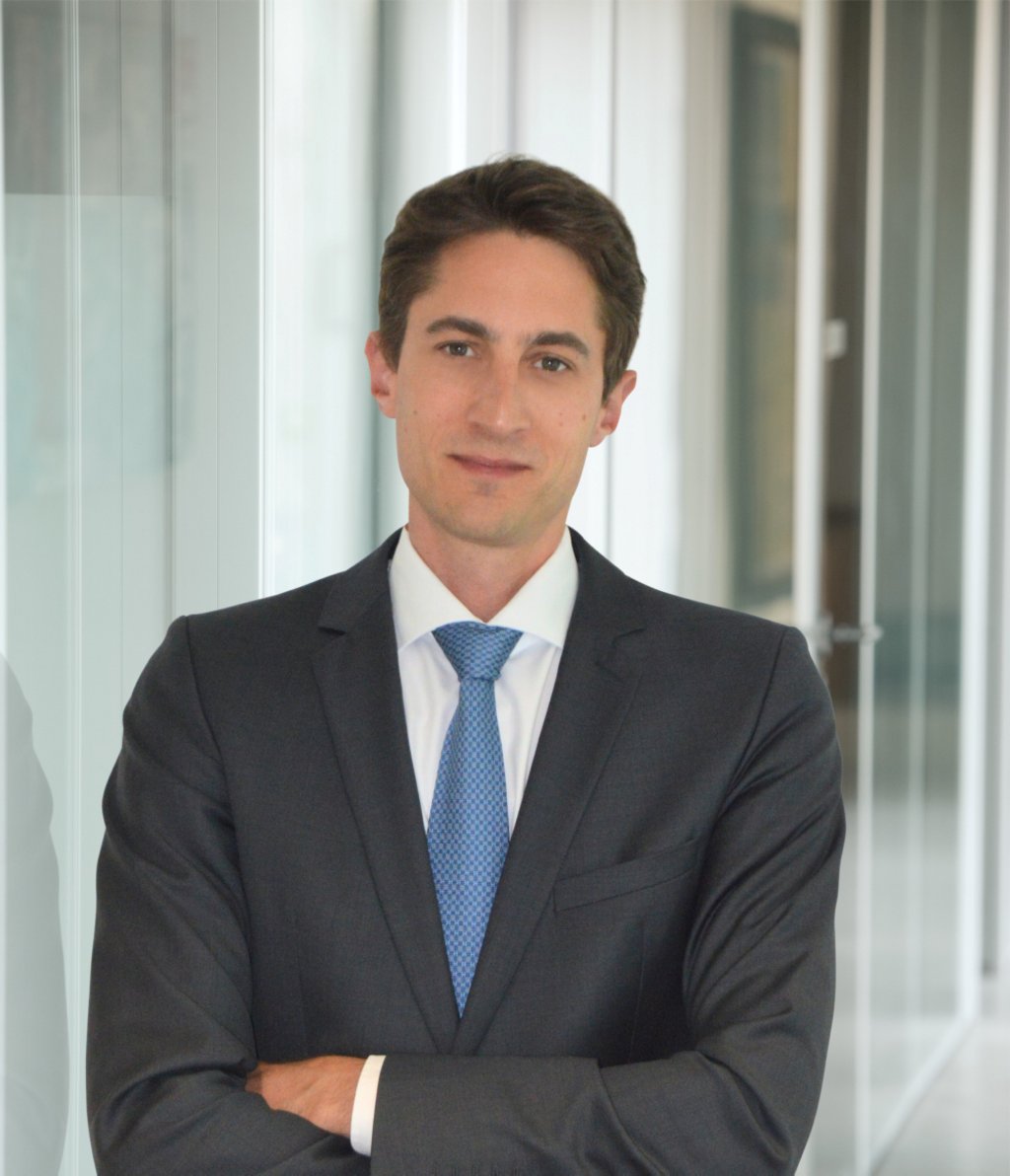
Oliver Hailzl
Spotlight: Greenthesis
PATRIZIA, through its European Infrastructure strategy, took a co-controlling stake in Italian circular economy business Greenthesis S.p.A via a take-private process in October 2024.
Through its various business lines and extensive network across Italy, Greenthesis treats waste across the entire value chain. It has expertise in both urban and special waste sectors, with a key focus on the most significant value-add activities in the waste-based circular economy, such as treatment and disposal.
Greenthesis owns and operates 20 industrial sites predominantly across northern and central Italy which are dedicated to waste treatment, recovery, energy-from-waste, environmental remediation and landfill management activities.
Thanks to its assets, the Greenthesis group is able to process more than 1 million tonnes of industrial and urban waste annually, having generated revenues of more than EUR 170 million in 2023.
Founded over 30 years ago, Greenthesis has grown both organically as well as through a series of acquisitions and partnerships, and today has more than 500 employees. The company benefits from an experienced senior leadership team that includes members of the founding Grossi family.
Where there is a need, there is a way, and recovering waste to prevent it becoming landfill, while also using it to fuel much-needed cleaner energy, provides a neat solution to two of our most pressing issues in modern society.
This article is taken from the digital version of our thought leadership magazine, estatements. Take a look at the magazine here:

